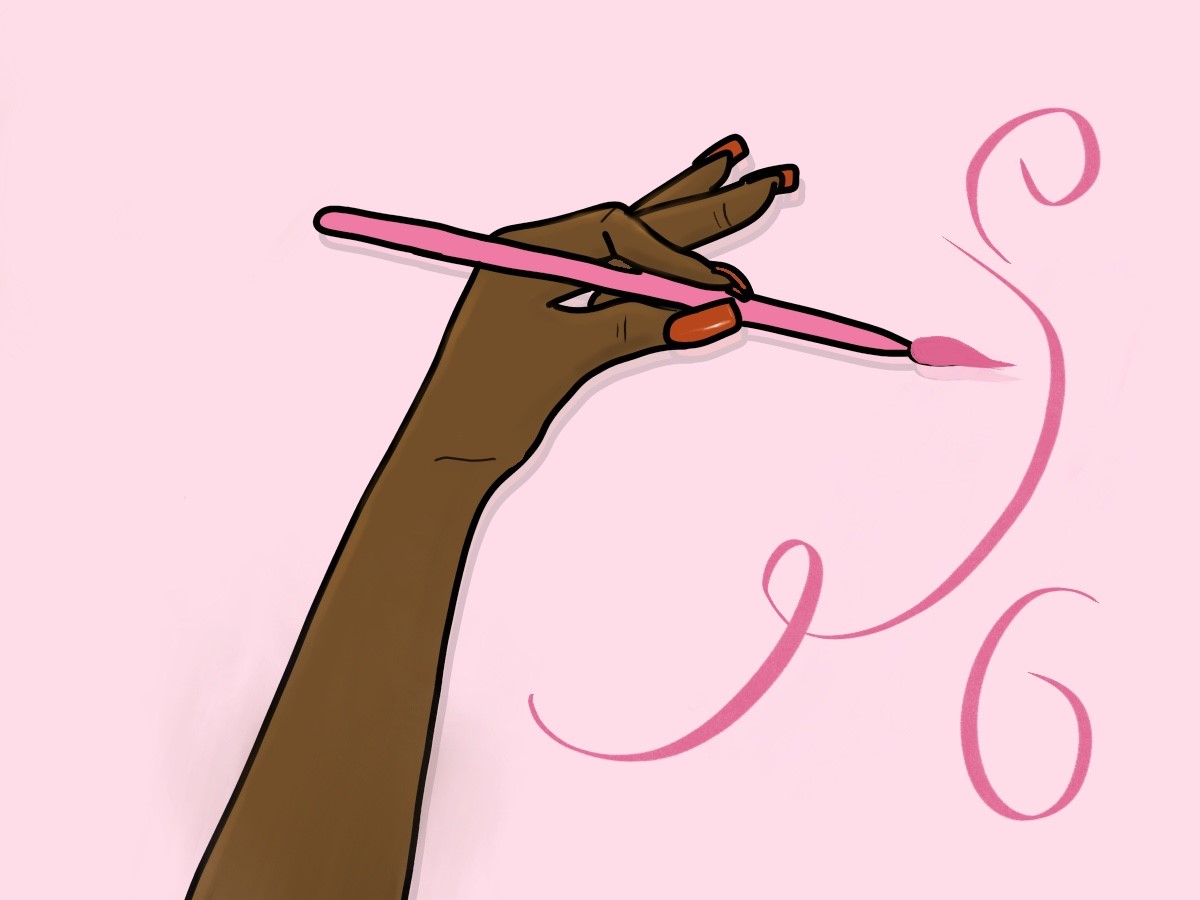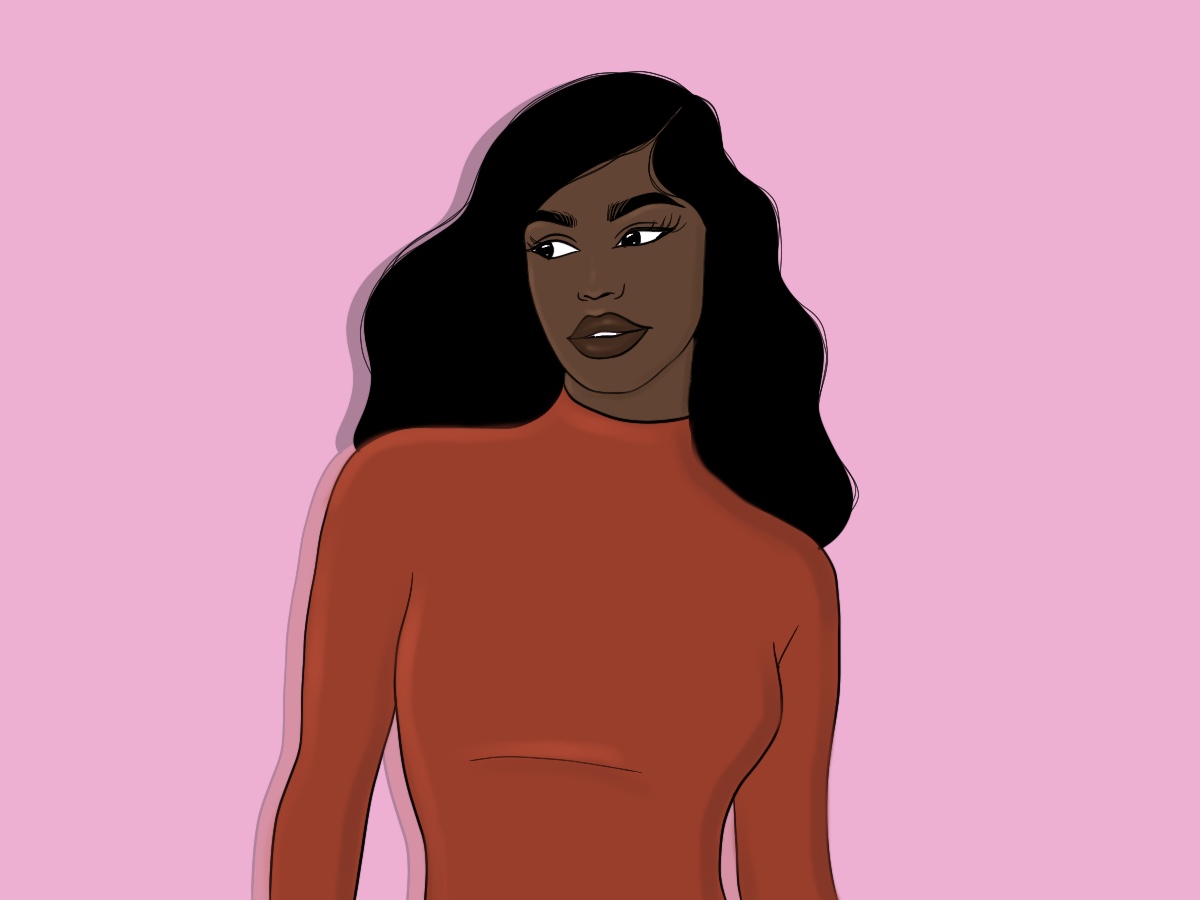Female artists who changed the world aren’t given enough credit for breaking boundaries.
From expressing your feelings about body image and culture to working life and motherhood, female artists have been paving the way for difficult and sometimes controversial conversations to be brought to the forefront. While these artists cover a variety of topics in their chosen mediums, one thing they all have in common is that their creations give women from all walks of life a voice.
Is all art made by women ‘feminist’?
Women who make art are often relegated to the category of ‘feminist artists’. While many female artists make art about equality, it sometimes feels simplistic to reduce all art created by women to a feminist statement. In contrast, art created by men is just called… art. Not all art created by women is intended to be feminist in nature. But many feminist messages can be derived from women’s art.
Louise Bourgeois, born in France, is a female artist who changed the world. She also rejected the feminist artist label. She worked with paint, sculpture, installation and more, and particularly focused on the feminine realm and women’s lives.
For centuries, the ‘high arts’ have been restricted from women, often denied the education and wealth needed to learn art in academia. Instead, women have been associated with arts and crafts that originate in the home like sewing, mending clothes or home decorating. Bourgeois’ artwork turns ideas about women’s domesticity on its head. Her stitching is subversive. Her humanoid dolls stitched together have pained expressions and are often missing limbs. The giant spider sculptures she formed from steel and marble were monstrous. Some of these sculptures towered over buildings and sometimes her installations too. Bourgeois’ artwork was not girly or pretty but showed a side of women’s psyche that is at times inert and at other times primal and rage-filled.
Anger is an emotion women are not expected to express. But Bourgeois’ art often expressed this through body horror. The cages in her installations were claustrophobic. They represented the stereotypes and expectations placed on women’s lives. Strangling and oppressing them. Bourgeois described her work as ‘pre-gender’, which reminds us that emotions like anger and jealousy are not exclusive to men. That women need a space to express these feelings.
Female artists who changed the world have to break boundaries
Most women in famous classic artwork are painted from a male perspective. Idealised, often sexualised or in the position of a mother, such as one cradling their child.
Frida Kahlo was a Mexican artist. Her life was forever changed when she was involved in a bus accident at 18. It left her in horrible, life-long pain from which Frida often found herself bed-bound. Being at home so much gave Frida the time to learn her own form intimately, through which she developed her unique style. She painted self-portraits of herself frequently. Depicting herself on happy days and resentful days alike.
With her famous monobrow, facial hair, traditional Mexican clothing and lush scenery, Frida’s artwork became famous. Her work has helped to break body image taboos because she was so unapologetically herself. You don’t have to look far in classical art to see that female bodies and faces usually reflect the ideal of their respective time and geographical location. This usually leaves little space for nuance or a celebration of different forms and ideals. Frida drew herself over and over again, exactly as she was. Today, so many women, both young and old, see Frida’s work as a reflection of radical self-love.
The modern female artist

Wangechi Mutu is a Kenyan-born American visual artist whose artwork I have loved since I was a child. Her work is always exciting. Every piece is a fresh collage of abstract features, tie-die sunsets and unusual humanoid forms. Something about her work makes the human body feel limitless and truly embodies being an instrument of art. Wangechi has said: “Females carry the marks, language and nuances of their culture more than the male. Anything that is desired or despised is always placed on the female body”.
In an age where young girls are growing up with the expectation that they should look like a caricature of their favourite celebrities or use filters to imagine themselves taller, bustier and prettier, I remember Wangechi’s art. The forms that her collages take are sometimes grotesque in nature. Placing dramatically different-sized noses, lips, hips, hands, eyes and legs together to create an image of women’s bodies and the parts of them so often commodified in the modern world.
Early artists who changed the world often didn’t see these changes in their lifetime
Georgia O’Keeffe was an American modernist. Her paintings of flowers were her signature. She showed them in a beautiful light focused on form and colour rather than hyperrealism. O’Keeffe used flowers as a symbol of feminine sexuality expressed in a graceful and sensual way. Yonic artwork is often left out of the mainstream, considered trashy and desperately attention-grabbing. But O’Keeffe managed a balance with her artwork that is beloved for its simplicity and elegance. Consequently, her over 2,000 flower paintings are easily identified and highly sought after.
Élisabeth Vigée Le Brun was another female artist who changed the world with her art. Her work is exquisitely detailed and provided evidence of women’s hard work and talent at a time when being a female artist was considered rebellious. Sometimes, doing something as seemingly simple as painting a woman with an open smile, something Elisabeth did, can be an act of change. At the time, it went against conventions of female modesty to paint something so radical. Elisabeth was making a name for herself. Even though she didn’t know it at the time, Elisabeth’s contributions to the neoclassical movement helped inspire so many female artists after her.
What are female artists doing to keep changing the art world?
Female artists keep innovating in the face of challenges. Some female artists may feel that their artwork doesn’t get as much attention in the media as their appearance or personal life. They might also experience pay inequality in comparison to their male counterparts for the similar artwork that they create. Nevertheless, female artists continue to keep creating art to satiate their deep need to express themselves fully and share their creations with the world. Whenever the challenges of modern life present themselves, I’m reminded of the female artists who changed the world despite the challenges they faced.
Emily Mulenga is a multimedia artist whose fascinating take on digital art is revolutionary. Her work brings aspects of the digital world into the real world and vice versa. Showing us how interwoven tech is in our everyday lives. Her experimentation with green screen backdrops in her photos, her green screen hair and her inclusion of animated characters in the backdrop of hyper-realistic photos are captivating. Mulenga’s work traverses the increasingly blurred line between online and real life and challenges us to figure out where one begins and the other ends. This is something so many of us today can heavily relate to as we rely on technology in our everyday lives more and more.
The future of women’s art
The artists who changed the world were the ones who rejected the impulse to conform to accepted principles of artistic expression. For female artists, this is especially necessary and impactful. To forge one’s own sense of femininity in a world where the definition is so limited. To forge one’s own sense of self in a world that often positions female figures solely as the supportive characters to the men in their lives. Moreover, the art world is better for women’s contributions to ground-breaking art.
Find more feminism articles here >
Written by Chanté Young
Illustrated by Francesca Mariama


Really enjoyed this – very interesting article!